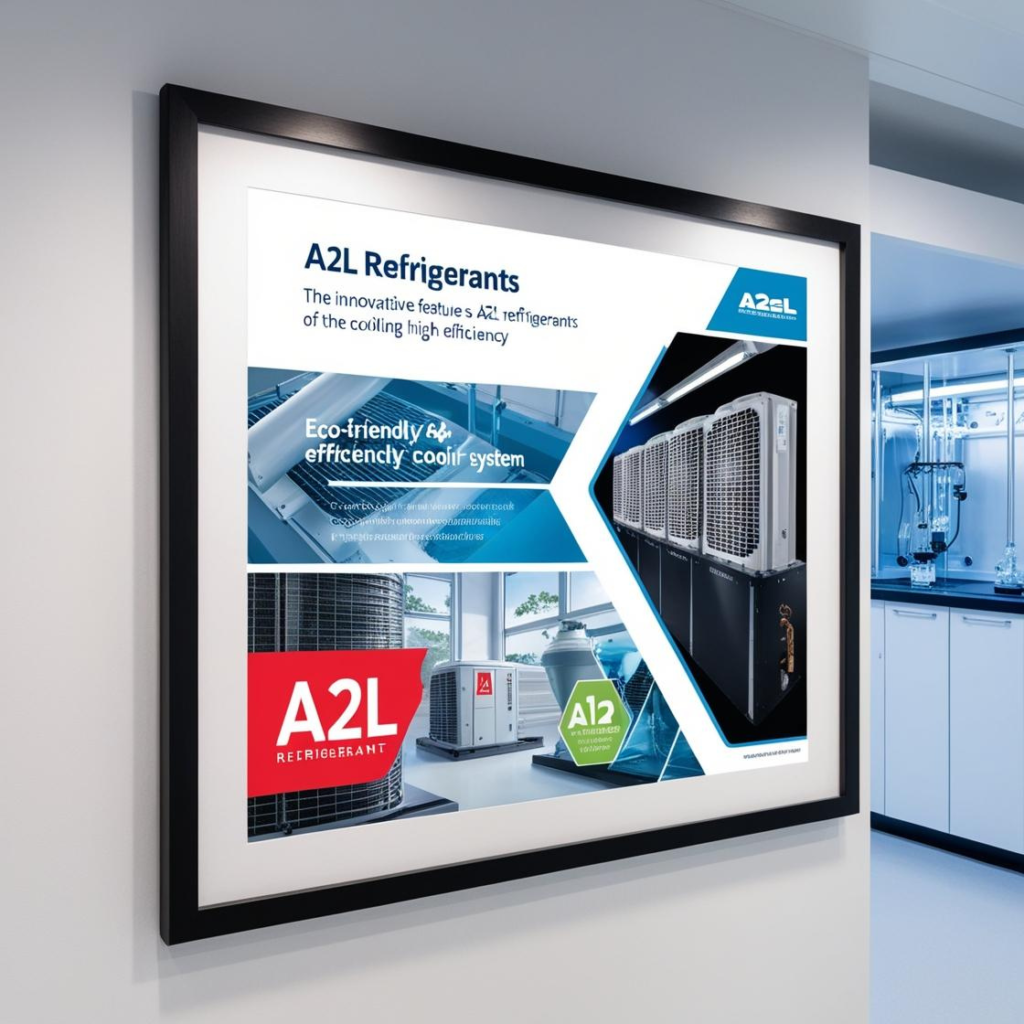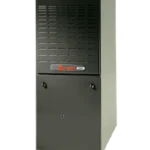
Starting January 1, 2025, a significant change will come into effect in the HVAC industry with the mandated implementation of A2L refrigerants, a move aligned with global environmental goals. The transition is a critical step toward reducing the environmental impact of HVAC systems, specifically their contribution to global warming. As A2L refrigerants replace more harmful substances, the industry and consumers will need to adapt. Here’s a breakdown of the key aspects and impacts of this transition.
What are A2L Refrigerants?
A2L refrigerants are a class of mildly flammable refrigerants with a low Global Warming Potential (GWP). These refrigerants are part of the broader effort to phase out high-GWP substances, such as hydrofluorocarbons (HFCs), under regulations like the Kigali Amendment to the Montreal Protocol. The A2L classification indicates that these refrigerants have low toxicity and are less flammable than other classes, like A3, but still require careful handling and installation procedures due to their mild flammability.
Impact on the HVAC Industry
- Regulatory Compliance and Safety Standards
The HVAC industry will face stricter regulatory compliance with the adoption of A2L refrigerants. Manufacturers, contractors, and installers will need to follow updated safety protocols and building codes to account for the mildly flammable nature of A2L refrigerants. Training on proper handling, installation, and maintenance of systems using these refrigerants will be critical to ensure compliance and prevent accidents. - System Redesign and Technological Advancements
Existing HVAC systems designed for older refrigerants, like R-410A, are incompatible with A2L refrigerants, requiring manufacturers to redesign or modify equipment to safely handle these new substances. This will likely drive innovation in HVAC technologies, leading to more energy-efficient and environmentally friendly systems. The transition may also result in increased demand for retrofitting or replacing older systems, creating opportunities for HVAC professionals. - Cost Implications for Businesses
HVAC manufacturers and service providers may face higher costs in the short term due to the need for retooling, research and development, and workforce training. However, the long-term benefits of adopting A2L refrigerants include potential cost savings for both businesses and consumers due to improved energy efficiency and lower environmental compliance penalties.
Impact on Consumers
- Initial Costs and Equipment Upgrades
For consumers, the transition to A2L refrigerants may lead to increased upfront costs when purchasing new HVAC systems or retrofitting existing ones. These costs could stem from the specialized equipment required to handle A2L refrigerants and the potential need for additional safety features. However, these expenses may be offset by incentives and rebates offered by governments or utility companies to encourage the adoption of energy-efficient, environmentally friendly systems. - Energy Efficiency and Cost Savings
A2L refrigerants offer improved energy efficiency compared to their predecessors. Over time, consumers may see a reduction in energy bills due to the enhanced performance of HVAC systems designed to use these refrigerants. Additionally, as countries phase out high-GWP refrigerants, consumers who switch to A2L systems will avoid potential future price hikes on legacy refrigerants. - Environmental Responsibility
A2L refrigerants contribute to the reduction of greenhouse gas emissions and the fight against climate change. By switching to systems that use low-GWP refrigerants, consumers can play a role in supporting global environmental sustainability efforts, aligning their personal choices with eco-friendly practices.
Challenges and Considerations
- Flammability Concerns: The mildly flammable nature of A2L refrigerants may raise concerns among both consumers and contractors. While A2L refrigerants are significantly less flammable than other options like propane (A3 class), safety measures must still be followed meticulously during installation and maintenance.
- Training and Knowledge Gaps: The HVAC workforce will need extensive training to safely handle A2L refrigerants. Any lapse in training could lead to improper installations, potentially resulting in accidents or system inefficiencies. Ensuring that contractors and technicians are well-prepared is crucial for a smooth transition.
- Supply Chain Adjustments: As the industry moves toward A2L refrigerants, there may be disruptions in the supply chain for legacy refrigerants and systems. Consumers and businesses should be aware of potential delays or cost fluctuations during the transition period.
Conclusion
The mandatory implementation of A2L refrigerants starting January 1, 2025, marks a pivotal moment for the HVAC industry. While the transition will require significant investment in safety, training, and new technologies, the long-term benefits—such as enhanced energy efficiency and reduced environmental impact—are substantial. For consumers, the adoption of A2L systems may initially present higher costs, but these will be balanced by energy savings and a more sustainable footprint.
Both the industry and consumers should embrace the change as an opportunity to contribute to a greener future while reaping the benefits of modern, efficient HVAC technology.
©10/22/2024 Crimson HVAC – Heating and Cooling LLC. All rights reserved.






